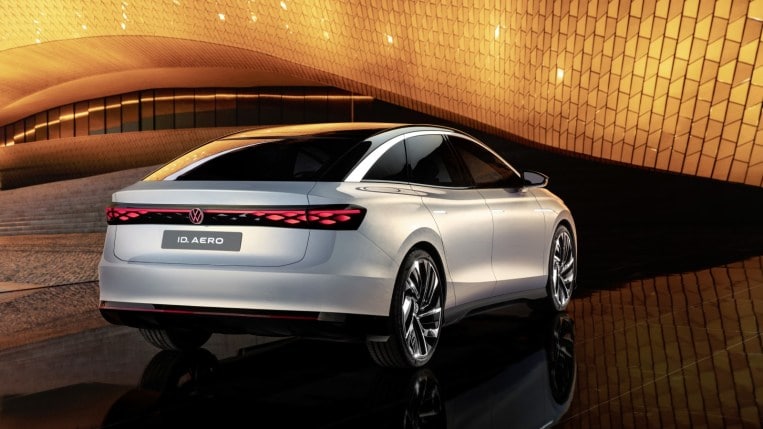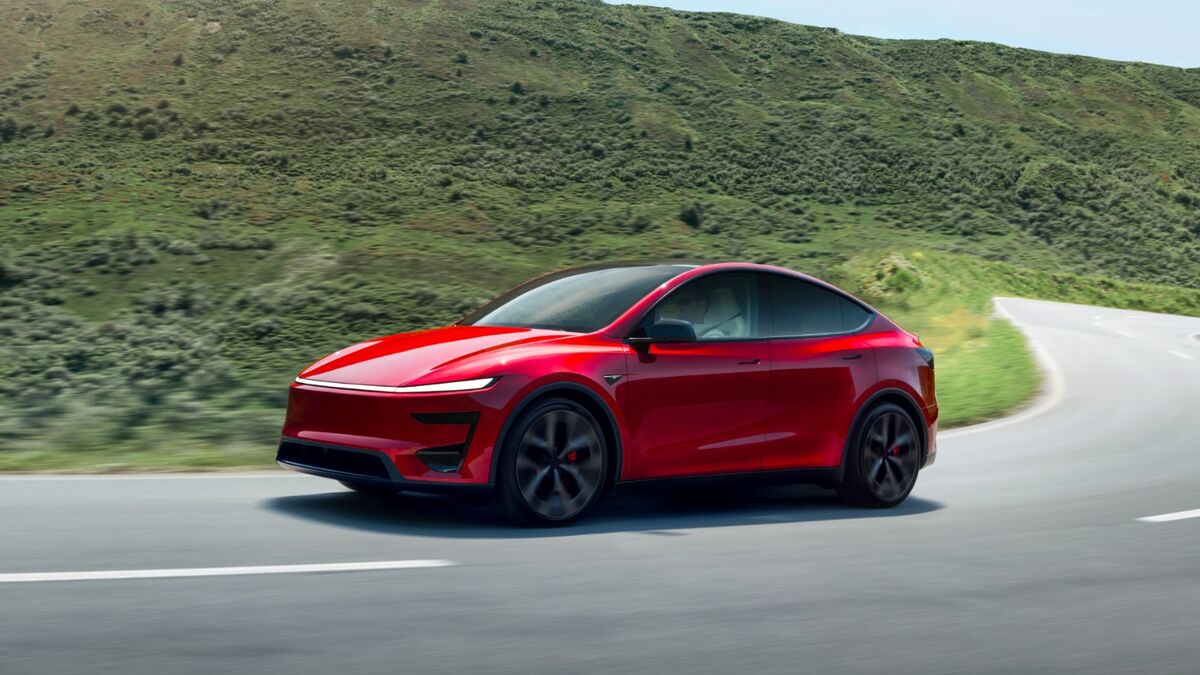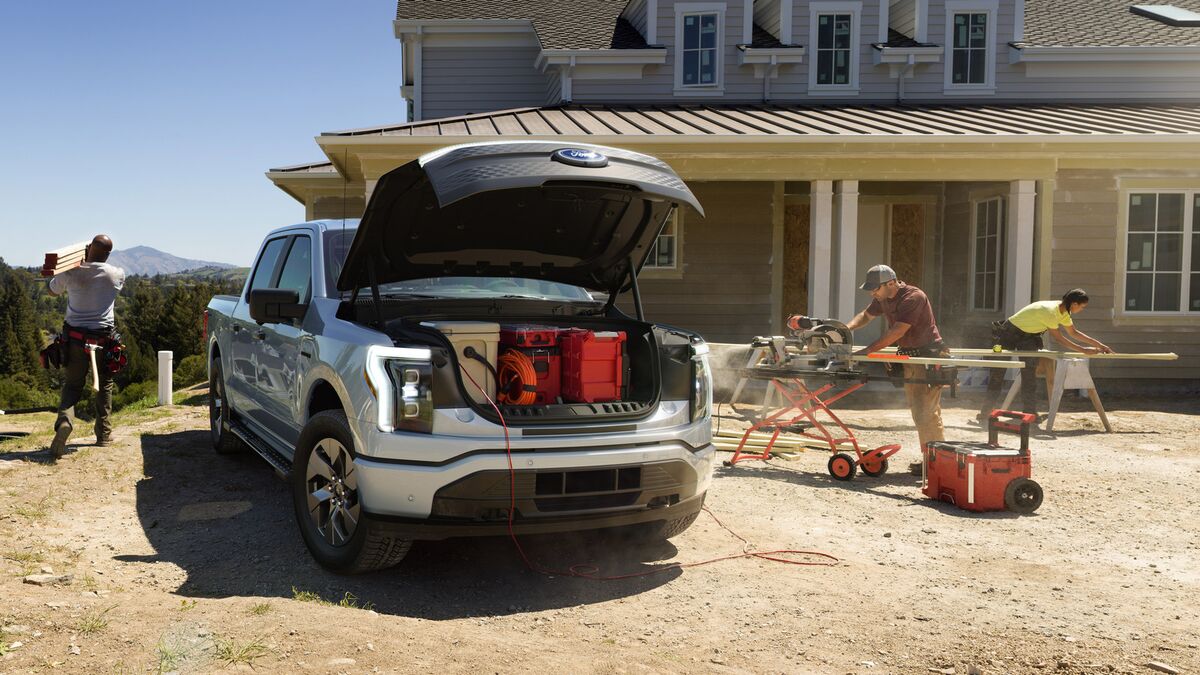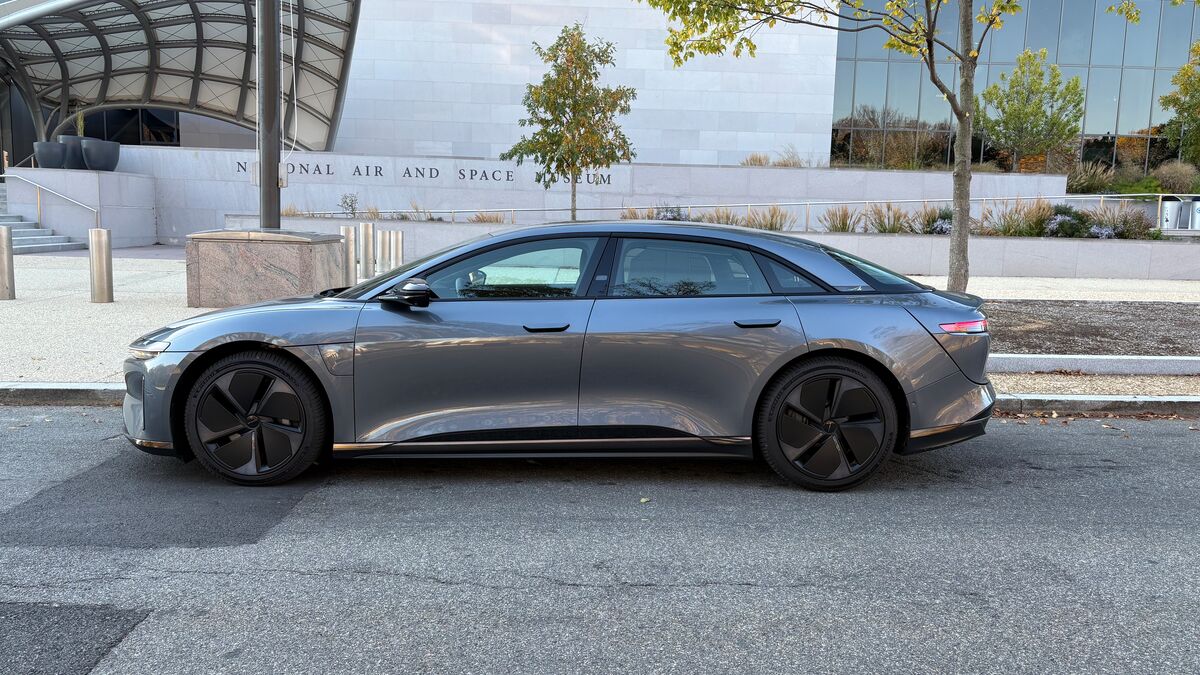
VW’s Third EV in The States
It’s the third electric vehicle (EV) VW will bring to the U.S.
Americans today buy more SUVs than cars and trucks combined. So, VW’s first EV in the U.S. was a midsize SUV – the curvy ID.4. It won World Car of the Year last year, but the war in Ukraine has hindered production. VW has virtually sold out of them in the U.S., in part because it can’t build them as fast as it wants to.
The ID. Buzz – a reincarnation of the classic microbus – will be VW’s second U.S.-bound EV.
The ID. Aero will be the third.
Volkswagen plans to sell the ID. Aero in China, Europe, and North America. It will appear first in China in late 2023. So we expect to see it in the U.S. around early 2024. VW gave no hint as to pricing but called it a “flagship model,” meaning it’s likely to be the most expensive thing on the dealership lot.
Family Resemblance
It looks exactly like you’d expect it to look if you’ve seen the ID.4. The Aero uses the same arched greenhouse. It’s set over a body with the same subtle s-curve accent line stretching down the profile (VW calls it “the tornado line”). It wears the same clamshell nose.
The ubiquitous flush door handles of EVs give the profile a clean look. But they’re illuminated here. Trestle-style accent lines in the headlights are an intriguing touch that may not make it into the production model.
The look is surprisingly elegant when stretched to the long, low profile of a sedan. Without the VW badge, you could easily believe it was the next-generation design from luxury brother Audi.
VW says the design has a drag coefficient of 0.23, which would make it as slippery through the air as many exotic supercars. And explain the name.
Few Mechanical Details
Volkswagen has given few mechanical details, but we can make some safe assumptions.
Press materials say the car will have a driving range of 385 miles. The U.S. and Europe, however, use different testing systems to determine an EV’s range. European testing tends to produce longer numbers. We expect the range to be closer to the 300-mile mark in EPA testing.
Electric cars, however, are modular. Designers usually create a single, skateboard-like architecture of battery, motors, and suspension that can be scaled up or down. They can then assemble different types of vehicles by fastening different body and cabin designs on top.
The ID. Aero has a slightly smaller battery than its SUV brother – 77 kilowatt-hours instead of 82. But otherwise, it likely uses the same components. The ID.4 comes in a rear-wheel-drive setup making 201 horsepower, and an all-wheel-drive setup making 295. The ID. Aero will likely share similar options.
VW hasn’t given any glimpse of the car’s cabin, so stay tuned for those details, too.








